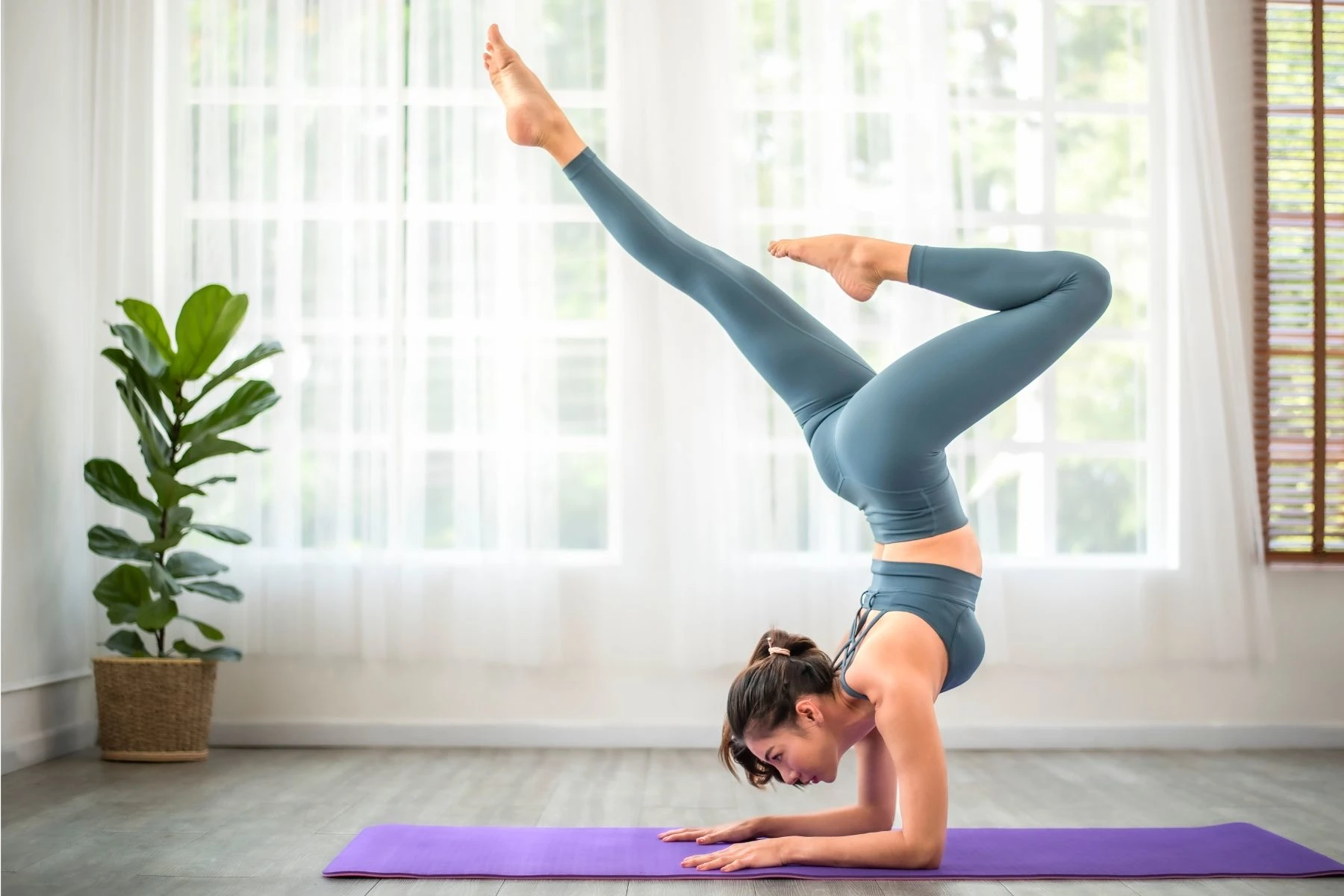
Yoga for Flexibility: It’s About Ease, Not Perfection
If you’ve ever thought you’re “not flexible enough” to do yoga, let’s put that misconception to rest. Yoga isn’t a flexibility contest. You don’t need to touch your toes, twist your legs into crazy positions, or become a pretzel to benefit from yoga. The goal isn’t to achieve some perfect form; it’s about feeling ease and comfort in your body.
Flexibility might improve naturally as a result of your consistent practice, but it’s never the measure of success. Yoga is about being kind to your body, breathing intentionally, and moving with purpose.
The Benefits of Yoga (Even If You’re Not Flexible)
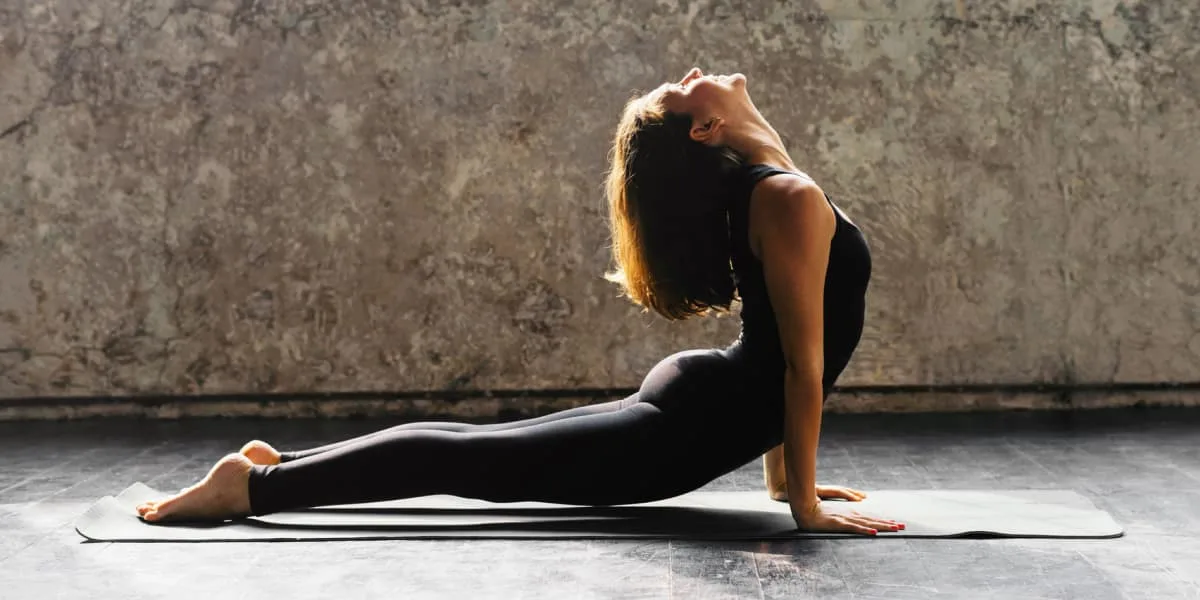
Yoga can help you:
- Increase your range of motion
- Move more comfortably throughout your day
- Relieve tension in tight muscles
- Improve posture and support joint mobility
So, whether you’re aiming for flexibility or just want to feel better in your body, yoga can meet you where you are.
🧘 What You’ll Need:
- A yoga mat for grip and comfort.
- A block (or pillow) for support.
- A strap (or towel/belt) to assist with deeper stretches.
- A blanket or bolster for extra comfort.
- Hydration and an open mind.
🔁 60-Minute Flow for Functional Flexibility
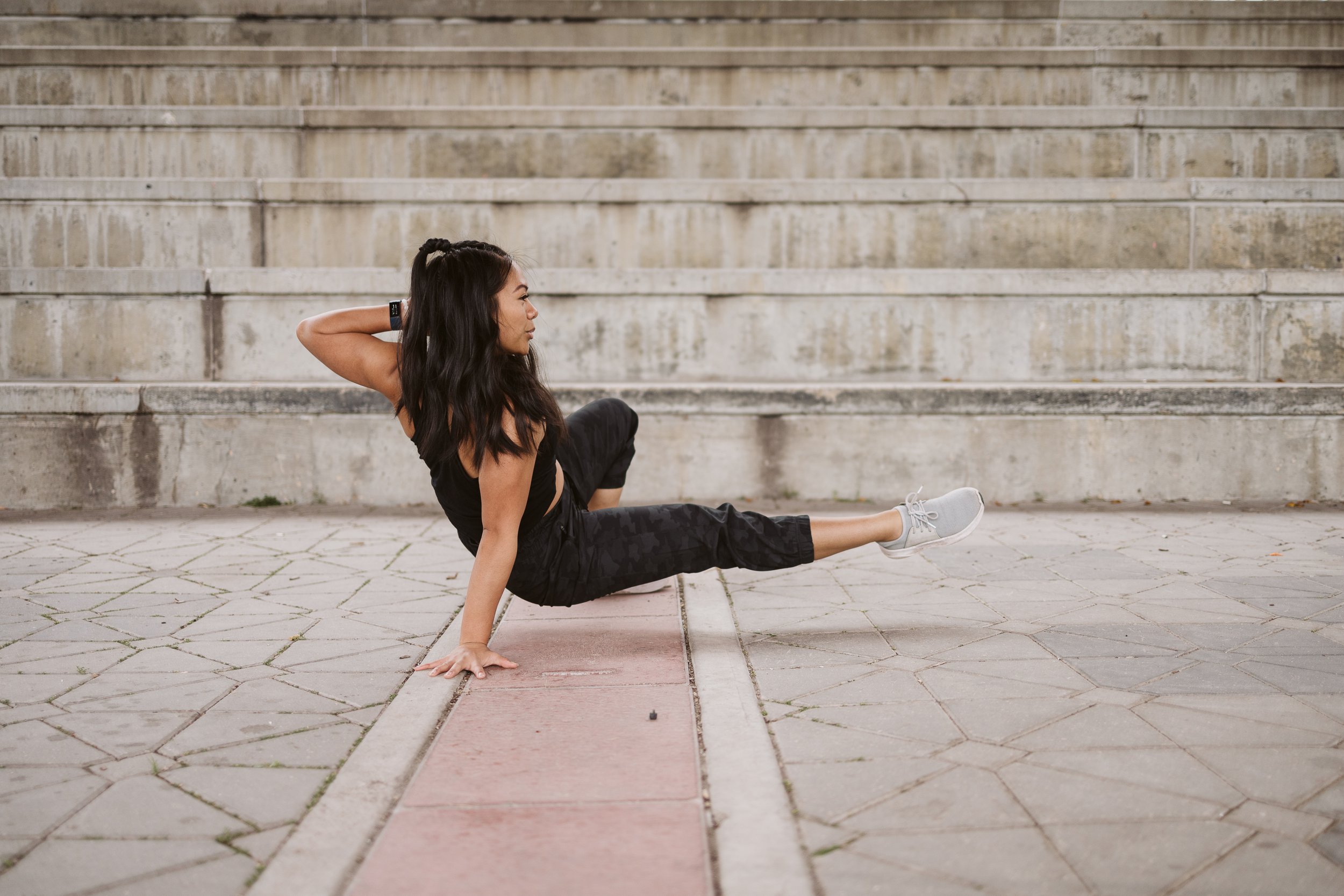
This session is broken down into four phases: warm-up, active lengthening, deeper stretches, and a cool-down. Each phase is designed to ease you into the practice, lengthen your muscles safely, and promote relaxation.
🌬️ PHASE 1: WAKE-UP + CONNECT (10 MIN)

Start by becoming aware of your breath and connecting with your body. These poses will gently prepare you for deeper stretches.
- Easy Seated Pose + Neck Rolls (2 minutes)
Sit comfortably, cross-legged, with a tall spine. Gently roll your neck from side to side.
Why? Helps release neck and shoulder tension, especially if you’ve been sitting for long hours. - Seated Side Stretch (2 minutes)
Reach one arm overhead and gently stretch toward the opposite side.
Why? Opens the side body, stretching the ribs and intercostal muscles. - Seated Twist (Ardha Matsyendrasana, 2 minutes)
Place one hand on the opposite knee and twist gently from the spine. Hold for a few breaths, then repeat on the other side.
Why? Releases tension in the spine and improves upper back mobility. - Tabletop + Cat-Cow (2 minutes)
On hands and knees, alternate arching (Cow Pose) and rounding (Cat Pose) your spine.
Why? Activates your core and warms up your spine, getting the body ready for deeper movement. - Thread the Needle (Shoulder Stretch, 1 minute)
From Tabletop, thread one arm under the other and rest your shoulder and head on the floor.
Why? Provides a deep stretch to the shoulders and upper back. - Child’s Pose with Side Reach (1 minute)
From Child’s Pose, walk your hands to one side for a deeper stretch along the side body.
Why? Helps stretch the back, hips, and shoulders, promoting overall relaxation.
💪 PHASE 2: ACTIVE LENGTHENING (20 MIN)
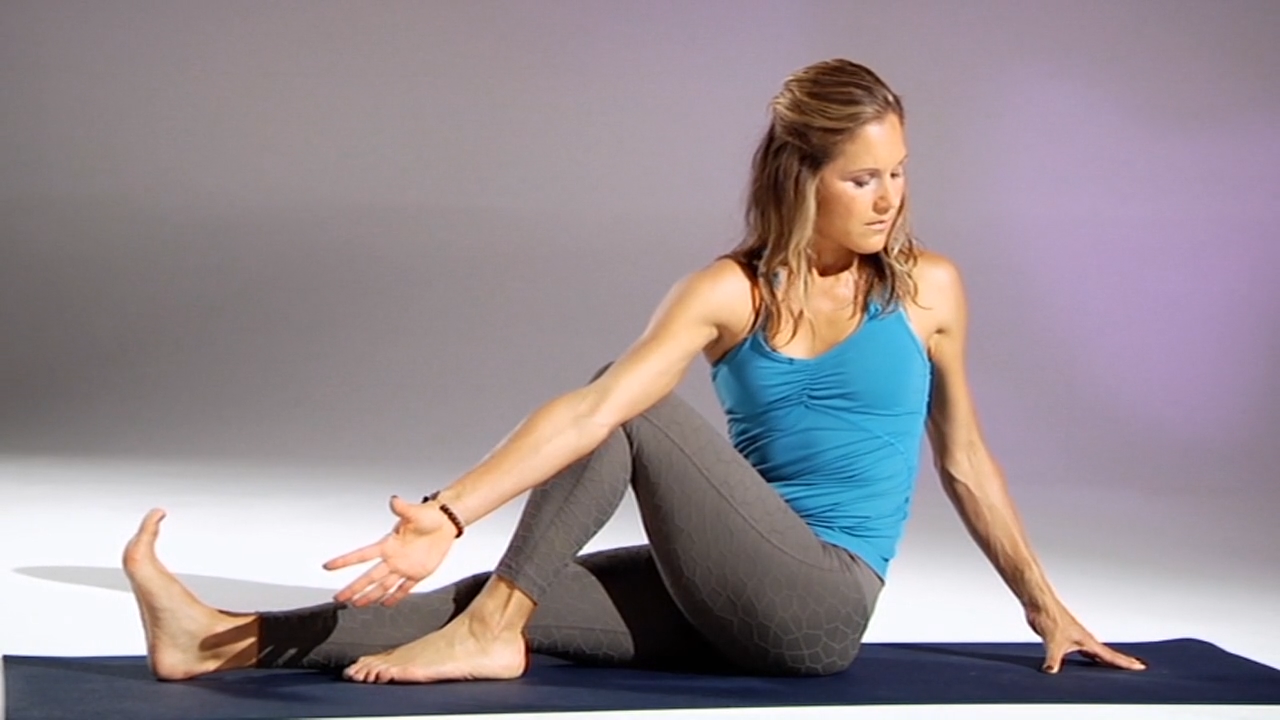
In this phase, we mix dynamic movement with stretches to safely lengthen muscles and encourage strength.
- Downward Dog (knees bent as needed, 2 minutes)
Start in Tabletop, then push your hips up and back, coming into Downward Dog.
Why? This stretches the calves, hamstrings, and spine, and builds strength in the arms and core. - Low Lunge (Anjaneyasana, 2 minutes)
Step one foot forward and drop the back knee down. Press your hips forward for a deeper stretch.
Why? Opens up the hips and stretches the hip flexors and quads. - Half Splits (Ardha Hanumanasana, 2 minutes)
Shift your hips back and straighten the front leg, folding forward for a hamstring stretch.
Why? This deepens the stretch in your hamstrings and encourages flexibility in the hips. - Warrior II (Virabhadrasana II, 2 minutes)
Step your feet wide apart, bend one knee, and extend your arms to the sides.
Why? Strengthens the legs while stretching the hips and chest. - Reverse Warrior (1 minute)
From Warrior II, reverse your grip and stretch your arm overhead.
Why? Deepens the stretch in the legs and side body. - Triangle Pose (Trikonasana, 2 minutes)
Straighten your legs, reach your hand toward your foot, and extend your other arm upward.
Why? Stretches the hamstrings, hips, and spine, while opening the chest. - Pyramid Pose (with blocks or bent knee, 2 minutes)
Straighten your legs and hinge forward, using blocks or bending the front knee for support.
Why? Focuses on lengthening the hamstrings and strengthening the back. - Wide-Legged Fold (Prasarita Padottanasana, 3 minutes)
Step your feet wide and fold forward, placing hands on the floor or blocks.
Why? Stretches the inner thighs, hamstrings, and back.
🔥 PHASE 3: DEEPER RELEASE + SUPPORT (20 MIN)

In this phase, we’ll use props and longer holds to allow deeper release and relaxation. The focus is on surrender, not forcing anything.
- Pigeon Pose or Figure 4 (choose what feels safe, 3 minutes)
Bring one knee forward and extend the other leg straight back. Fold forward if you can.
Why? A deep hip opener that targets tightness in the glutes and hips. - Lizard Pose (on hands or forearms, 3 minutes)
From Low Lunge, lower your forearms to the ground or keep your hands on the floor for a deeper stretch.
Why? This pose deeply stretches the hip flexors, hamstrings, and quads. - Seated Forward Fold (Paschimottanasana, 2 minutes)
Sit tall and gently fold forward over your legs, reaching for your feet or ankles.
Why? This deep stretch targets the hamstrings and lower back. - Janu Sirsasana (Head to Knee Pose, 3 minutes)
Extend one leg, fold over the bent knee, and switch sides.
Why? This stretches the hamstrings, lower back, and helps calm the mind. - Butterfly Pose (Baddha Konasana, 2 minutes)
Sit with the soles of your feet together and gently allow your knees to drop out to the sides.
Why? This targets the inner thighs and groin area, providing a gentle release. - Seated Twist with Strap Assist (3 minutes)
Use a strap or towel around your foot to assist in a twist.
Why? This helps release tension in the spine and promotes mobility. - Neck and Shoulder Stretch (seated or reclined, 2 minutes)
Gently stretch your neck and shoulders to release tension.
Why? This helps ease the tightness in the upper back and neck, especially after long hours of sitting.
🌿 PHASE 4: INTEGRATE + RESTORE (10 MIN)
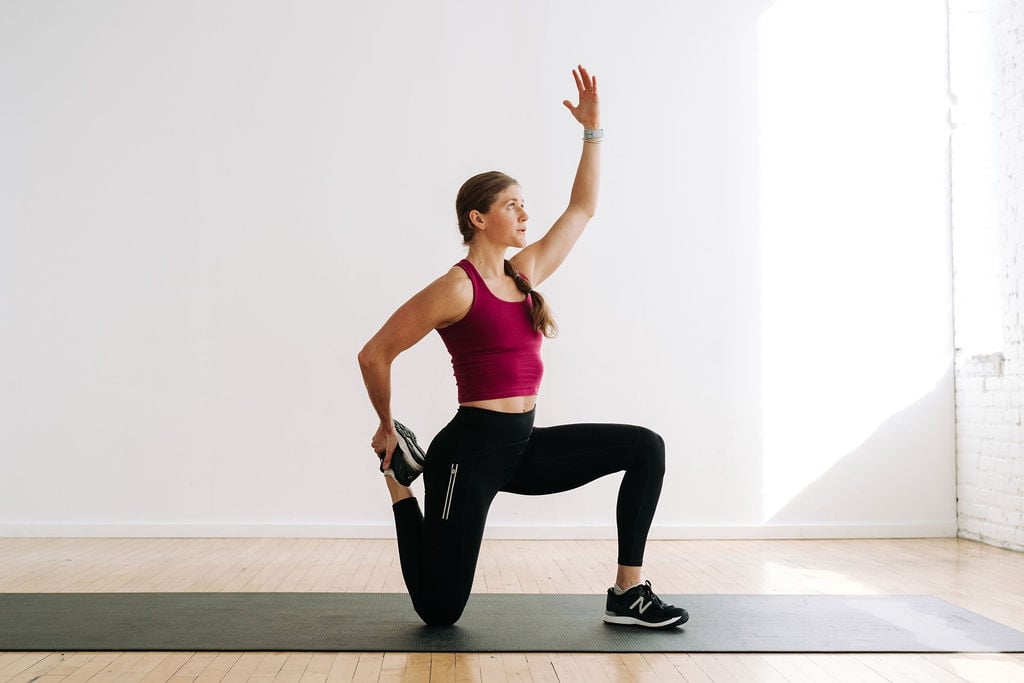
Now, it’s time to wind down, allowing your body to integrate all the work you’ve just done. These poses help to soften the tissues and slow down your breath.
- Supine Twist (Supta Matsyendrasana, 3 minutes)
Lie on your back and twist from side to side, letting gravity do the work.
Why? This releases tension in the spine and back. - Happy Baby (Ananda Balasana, 2 minutes)
Grab the outside of your feet and pull your knees toward your armpits.
Why? This stretches the inner thighs and releases tension in the lower back. - Legs Up the Wall (Viparita Karani, 3 minutes)
Lie on your back with your legs extended up the wall or resting on a bolster.
Why? This restorative pose encourages circulation and relaxation. - Savasana (Final Resting Pose, 2 minutes)
Close your eyes, breathe deeply, and allow your body to relax completely.
Why? This allows your body to absorb the benefits of the practice and helps restore mental clarity.
💬 A Quick Reality Check on Flexibility

Let’s be honest: You can practice yoga your entire life and never become “super flexible.” And that’s perfectly fine! The true benefits of yoga are:
- Feeling more comfortable in your body
- Being more connected to your breath
- Becoming more emotionally resilient
- Feeling less reactive and more grounded
If your hamstrings stretch over time, awesome. But the real win in yoga is how you feel after your practice — it’s not about hitting the perfect pose.
🔗 Want to Go Deeper?
Pair this flow with other practices to enhance your wellness routine:
- 🧘♂️ 45-Minute Yoga Flow for Lower Blood Pressure
- 30-Minute Energy-Boosting Yoga Flow
- 🔥 15-Minute Hip-Opening Flow
Yoga is a lifelong practice. Keep showing up, listen to your body, and watch your body and mind transform over time.
FAQs
Q: Do I need to be flexible to practice yoga?
A: No! Yoga is about moving with awareness and ease, not about becoming the most flexible person in the room. Over time, flexibility may improve naturally, but it’s not the goal.
Q: Can I practice yoga if I have tight muscles?
A: Absolutely! Yoga can help release tension and improve flexibility. Just make sure to listen to your body and modify poses as needed.
Q: How often should I do this practice?
A: Aim for consistency — practicing 3-4 times a week is ideal, but even once or twice a week can bring noticeable benefits.
Q: How long does it take to become flexible with yoga?
A: Flexibility is a gradual process, and the timeline can vary from person to person. With regular practice, you should start noticing improved range of motion and reduced tension within a few weeks.
Q: I’m not flexible. Can yoga still help me?
A: Yes, yoga is for everyone, no matter your flexibility level. It’s about improving comfort, mobility, and overall well-being — flexibility is just a bonus!
Conclusion
Yoga is for everyone, regardless of flexibility level. It’s all about improving comfort, mobility, and overall well-being—flexibility is simply an added benefit. Embrace the journey and enjoy the positive changes yoga brings to your body and mind!
